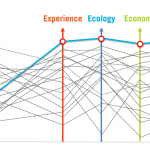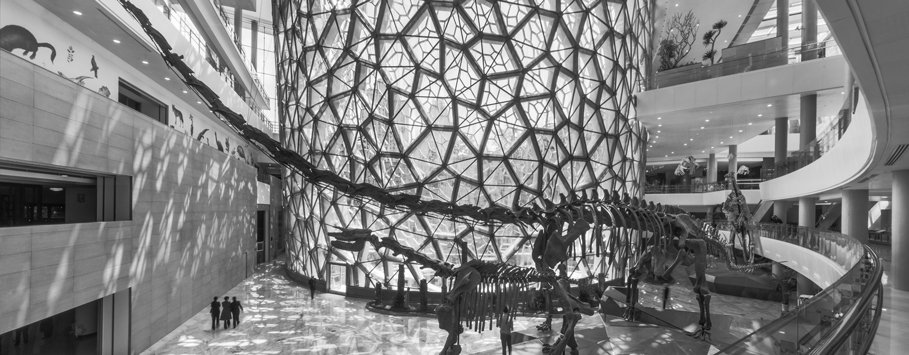
A “design process” includes many steps needed to design and construct a built environment. This includes everything from initial data-mining and schematic design all the way through to construction and post-occupancy evaluation. As built environments become more complex, building performance demands increase, and work schedules compress, project teams need to be more effective and efficient at every stage of this process.
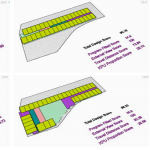
Design exploration in architectural space planning is often constrained by tight deadlines and a need to apply necessary expertise at the right time. We hypothesize that a system that can computationally generate vast numbers of design options, respect project constraints, and analyze for client goals, can assist the design team and client to make better... Read more »

This article outlines the use of operational planning and simulation modeling as a lean tool within Perkins+Will, to determine the room utilization and staffing for a large trauma center, based on current and projected volumes and turnaround times. A specific area of focus was the Resuscitation Rooms and their location within the emergency department (ED). In its most... Read more »
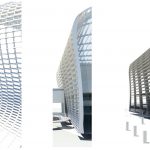
Using analytic data as a driver to control the geometry of BIM elements is currently a promising method for parametric creation of design elements such as sun shades, which respond to environmental constraints such as incident solar radiation or solar angles. This can be done qualitatively, but evaluating multiple options with many variables is time... Read more »
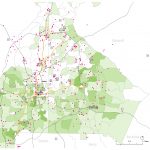
The U.S. healthcare industry is changing and shifting its focus toward prevention and community health. Geographic Information Systems (GIS) and interactive mapping can help healthcare clients visualize problem areas in their communities and help answer questions about how best to improve community health with limited financial resources. This research project reviewed existing literature to determine... Read more »

Concerns over the effects of climate change affect not only the architectural design world, but the larger web of society as a whole. As such, the solutions developed need to address the complexity of factors leading to current atmospheric carbon levels. Moving forward, new ways to work, collaborate and structure fees need to be considered... Read more »
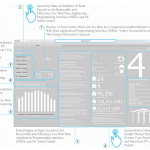
The paper discusses the use of a script to present an informative web-based platform as a design process for achieving net zero site energy projects. The script can collect, for electricity connect, and integrate data from utilities, for electricity and hot-water heating systems with financial incentives. Technical information can provide solutions for understanding the design,... Read more »

Climate change adaptation means being prepared for a changing climate by taking action today to reduce the potential impacts of climate change to people, buildings, and infrastructure. While the District does its part to reduce greenhouse gas emissions, it is already seeing the impacts of climate change due to historic carbon emissions. Climate Ready DC is... Read more »
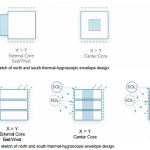
ABSTRACT: The paper will discuss the design of a bi-directional thermo-hygroscopic façade as a dedicated outdoor air system to cool and dehumidify outside air. The system is a variant of dedicated outdoor air systems to separate dehumidification and cooling in air-conditioning equipment and locates components within the building envelope. The integrated hybrid-building envelope relies on... Read more »
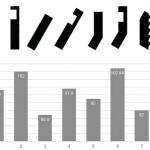
ABSTRACT: Available energy analysis and optimization methods do not produce fast and accurate enough results to provide guidance to professional design teams making massing and technology decisions. This paper proposes two methods using the reduced-order Energy Performance Calculation (EPC) toolkit with parametric building models and optimizers in Rhinoceros, Grasshopper and MATLAB to provide rapid feedback... Read more »

